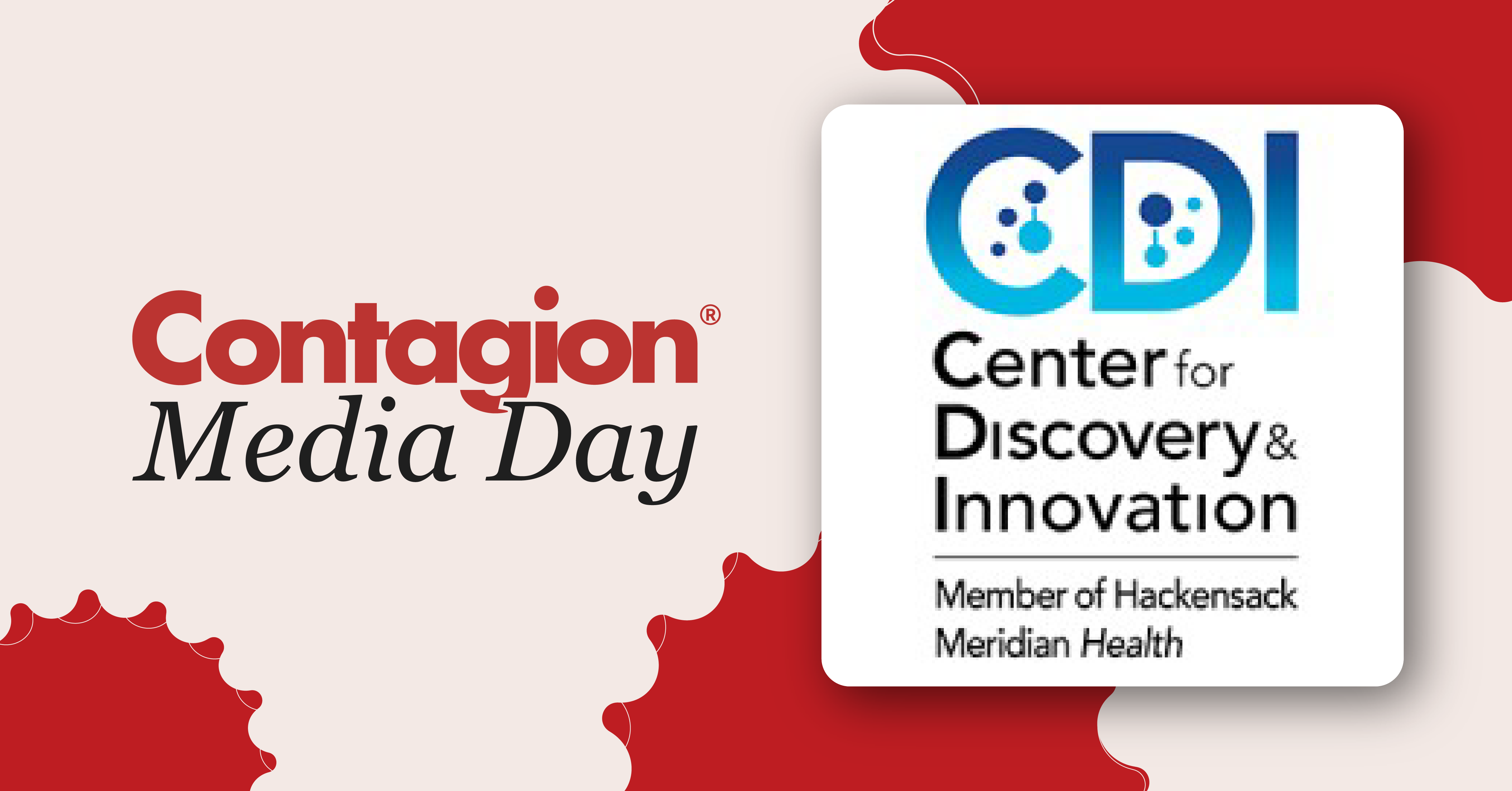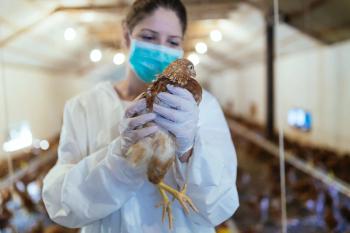
A Limited Antifungal Market Is Treating an Increasing Number of Fungal Infections

The Center for Discovery and Innovation’s chief scientific officer David Perlin, PhD, discusses the factors for the growing number of cases and the difficulties in developing such treatments.
We are continuing our new series, Media Day, where we spotlight individual medical institutions and infectious disease programs. This episode focuses on the Center for Discovery and Innovation (CDI), which is part of Hackensack Meridian.
Globally, more than 6.5 million people contract fungal infections annually, according to a systematic review published last year in The Lancet Infectious Diseases.1 There are 3.8 million deaths, with approximately 2.5 million of them directly attributable to these infections.1
Here in the US, fungal diseases cause an estimated 7300 deaths, 130,000 hospitalizations, and 13 million outpatient visits annually, according to the Centers for Disease Control and Prevention. The federal agency says the true burden of these diseases is not fully known because they are underreported and underdiagnosed.2
David Perlin, PhD, chief scientific officer and executive vice president of CDI, says climate change, greater disease awareness, better diagnostics, and more groups being vulnerable to them are all reasons for the increase.
“If you look at many high-income countries, which engage in procedures such as stem cell transplantation and so forth, we have a large cohort of individuals who are highly immunosuppressed. And when you have immunosuppression, that makes the host ripe for infections, especially fungal infections, many of which, by the way, are colonizing the body,” Perlin said.
He points to factors such as greater prevalence of HIV and poverty as factors for fungal disease internationally.
“They've always been with us; they are more prominent now,” Perlin said.
With a limited number of treatments, many fungal infections are becoming multidrug resistant. Perlin says one of the challenges in developing new antifungals is how closely they align with human biology, which can lead to adverse drug effects.
“Many of the targets that we would go after are present in humans,” he said. “And when you have that, there's the chance for off-target effects.”
Another issue Perlin points to is the limited number of treatments—there are just 3 classes of antifungals. Resistance to any of these classes can diminish treatment options. “We've put ourselves into a bit of a box in that we don't have enough drugs," Perlin said. “And so to develop new drugs, we need new targets. We need to be very focused on, what is that drug target profile? What are we trying to go after?”
However, he says there are ways to develop antifungals avoiding human biology and to show success.
“In recent years, we've been able to address specific targets. The best example is probably the Candida drugs, which target glucan synthase. It's an enzyme that's involved in cell wall biosynthesis and fungi but is not present in humans, and therefore, those drugs are very active and quite safe.”
The antifungal market shares the same issue as antibiotics in that larger pharmaceutical companies are no longer in this space, and Perlin says we need more public-private partnership to increase development.
“There needs to be investment to be able to complete clinical trials, and this has been a problem,” he said. “So creating push-pull incentives for drug development is really critical to help replenish the drug pipeline.”
In the next episode, Perlin talks about his team’s work developing a diagnostic for Candida auris and what they are working on in terms of developing antifungals.
References
1. Denning DW. Global incidence and mortality of severe fungal disease. Lancet Infect Dis. 2024;24(7):e428-e438. doi:10.1016/S1473-3099(23)00692-8
2. Fungal disease burden by the numbers. Centers for Disease Control and Prevention. May 29, 2025. Accessed October 8, 2025. https://www.cdc.gov/fungal/data-research/facts-stats/by-the-numbers.html
Newsletter
Stay ahead of emerging infectious disease threats with expert insights and breaking research. Subscribe now to get updates delivered straight to your inbox.



























































































































































































































































































